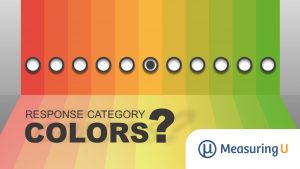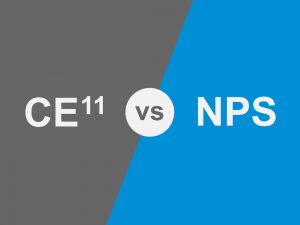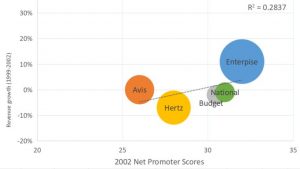
Does Coloring Response Categories Affect Responses?
Survey response options come in all sorts of shapes, sizes, and now, colors. The number of points, the addition of labels, the use of numbers, and the use of positive or negative tone are all factors that can be manipulated. These changes can also affect responses, sometimes modestly, sometimes a lot. There is some concern








